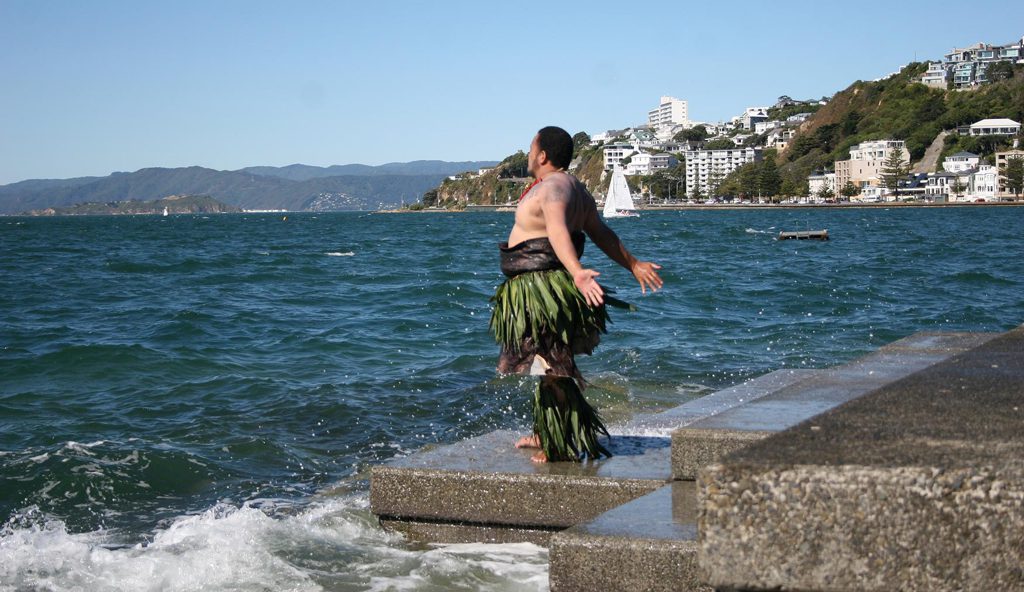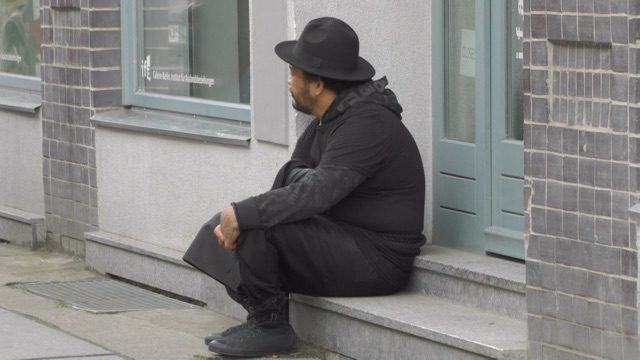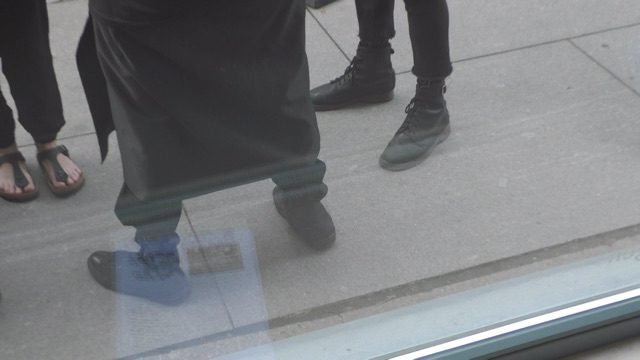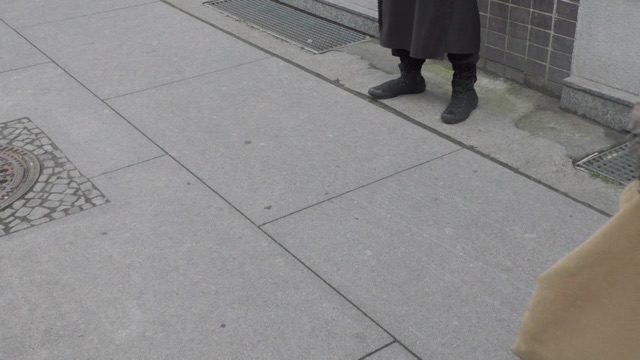Struggle has shaped New Zealand performance artist Kalisolaite 'Uhila’s practice, which engages issues of invisibility, survival and cultural hybridity.

Kalisolaite ‘Uhila, OngoMeiMoana. Performance Arcade, 2015. Courtesy of the artist
The exhibition series “Politics of Sharing” that was organized by Berlin’s ifa Gallery and Artspace New Zealand, questioned the use and distribution of resources and basic elements for life on this planet. Performance artist Kalisolaite ‘Uhila, whose work has been shown in this context, met with C& during his residency program at ZK/U Berlin. The artist from New Zealand with a Tongan background told us about his identity, his work process, and his first visit to Europe.
Magnus Rosengarten: What is knowledge to you?
Kalisolaite ‘Uhila: I sometimes think to myself: Why am I working in art? Although I don’t like to use the word, I rather see it as an experience. Within that experience I use my Tongan knowledge and identity as resources, as well as my Western knowledge, the culture that I live in in New Zealand. I can bring those two together, it is something I can play with. If you think about King Solomon in the Bible with all his riches for example, what did he choose? He chose knowledge.

Kalisolaite ‘Uhila, Untitled. Performance. Ifa gallery Berlin, 2016. Photo: Anike Joyce Sadiq. Courtesy of the artist
MR: And how do you learn?
KU: I learn through struggling. But also through moving from place to place. I work in a factory for a living. It is food processing on an assembly line, but I have also worked in a supermarket where I had to pay attention to the product placement for the customers. This is a kind of performance, actually.
I started off as a printmaker, and through this practice of etching, carving and printing, I came to think about what I really wanted to look at: how does the body connect to the print? I started moving into action painting, marking surfaces. I was involved with all these objects but started asking: where is the body in all this? I wanted to bring the body in, so as to activate the spaces it occupies. I wanted to bring things to life. I am also dealing a lot with questions of invisibility, in public as well as private spaces. It is a more psychological approach because I want to know how I can literally print into people’s minds. In order to leave an impression…
MR: Do you intend to tell stories with your performances, are there narratives involved?
KU: The titles usually tell stories and my body does as well. When I focus on how the body tells them, it is about subtle gestures. When I do performances, I like the invisibility of things. I like it when people walk by you in a public space and do not even realize the performance is happening until they walk into the art space. This can also spark a conversation amongst people in the audience.

Kalisolaite ‘Uhila, Untitled. Performance. Ifa gallery Berlin, 2016. Photo: Anike Joyce Sadiq. Courtesy of the artist
MR: What role does the artist, the creative person play in Tongan society?
KU: To be honest, I would call it survival. It is all about experience. We make things to survive with. When Western people see what we do, they will immediately call it an artifact, define it as a sculpture or another form of art. But for me, our creations aren’t necessarily art. They are someone’s story or narrative of survival and of how to make a living.
MR: You said earlier that your current life is defined by your Tongan background, but culturally you are also influenced by Western norms and values from New Zealand society. Can you elaborate on that?
KU: I know myself. I know my background, my grounds. As long as I know myself as a Tongan as well as where I stand, I am fine. Sometimes I think I need all these objects, all this traditional stuff to put on me. At the end of the day, I am who I am. My color speaks of who I am, my hair, and my tongue. That is who I am. It is also the people who have stuck by me when times get tough like my Mentor Solopolemala Filipe Tohi and last but not least my family, my wife and my two kids. Learning in a Western institution now advances me and offers growth. Basically I am coming in with a Tongan perspective on things and I am going to learn from Western knowledge. It brings the two together.

Kalisolaite ‘Uhila, Untitled. Performance. Ifa gallery Berlin, 2016. Photo: Anike Joyce Sadiq. Courtesy of the artist
MR: How do you approach the realization of your performance work, which tends to happen in public places? Do you prepare or conceptualize a lot beforehand, and what role do spontaneity and intuition play?
KU: As you can see in my room at the moment, it is super clean, nothing standing around. It is more of a thinking space, I like simplicity. I don’t practice yoga or a specific meditation technique but I am a very spiritual person. And I do realize I am a physical body here, and that there is someone else who is greater than me. All I have to do is to prepare and when it is time to get ready, I hand it over to the Almighty One. Preparation does make up a big part. I am reading a lot of philosophy and poetry at the moment. I feel very connected to artists like Joseph Beuys for example. That is my connection to Western knowledge.
MR: What do you envision for the future?
KU: I have a couple of exhibitions lined up. I will return to Artspace New Zealand and tell them about my experiences in Berlin. I felt really connected to certain sites like the Tempelhofer Feld (former city airport of Berlin which has been remodeled into a recreational area for the public). I really envision coming back to Europe and to continue my work and travel to other places like the United States as well.
Magnus Rosengarten is a filmmaker, journalist and writer from Germany. He lives in New York City and currently works towards his M.A. in Performance Studies at NYU.
More Editorial